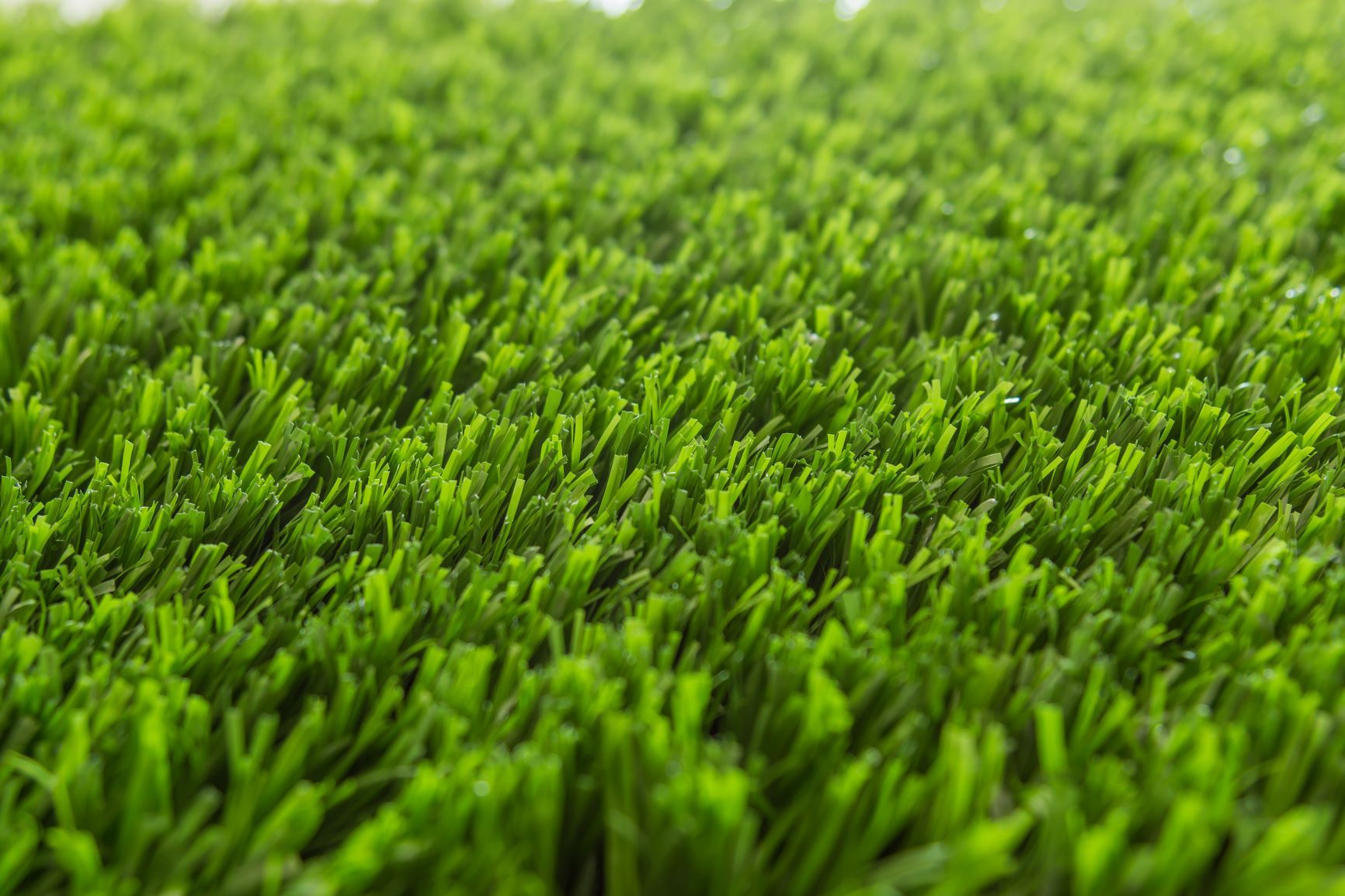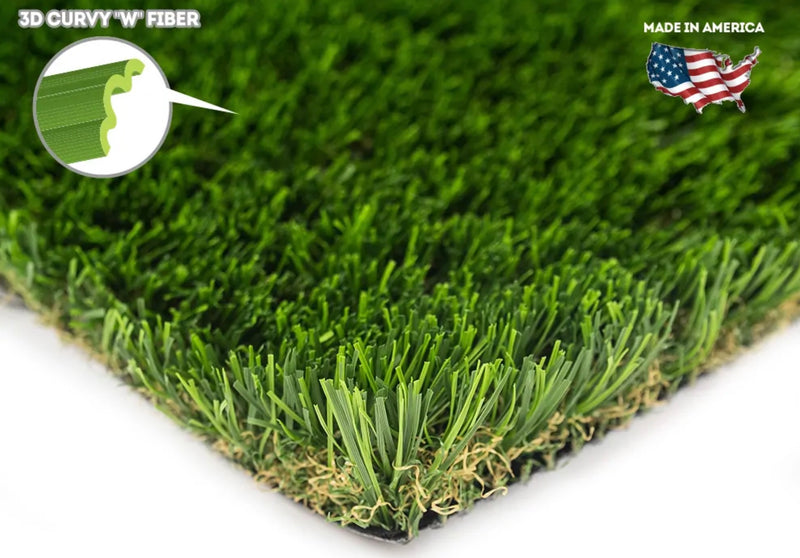Look Into the Environmental Perks of Opting for Synthetic Grass Solutions
The fostering of artificial grass solutions offers a compelling chance to attend to pressing environmental challenges. By considerably minimizing water use and lessening the application of harmful chemicals, these alternatives not just promote lasting landscaping yet also shield local environments. Furthermore, the lower carbon footprint associated with decreased maintenance activities adds to a more sustainable strategy to land management. The effects of these advantages prolong past simple preservation initiatives, raising questions concerning their long-term effect on environment preservation and general eco-friendly balance. Exploring these measurements exposes a complex interplay worth considering.
Water Preservation Advantages
One of one of the most considerable advantages of synthetic grass is its capacity to save water. Standard lawn lawns need considerable watering, specifically in locations susceptible to drought or water limitations. In comparison, man-made turf does not require watering, dramatically decreasing the overall need for water sources. This feature is especially advantageous in deserts where water scarcity is a pushing problem.
By removing the requirement for normal watering, synthetic grass contributes to lasting landscape methods and aids mitigate the ecological influence of extreme water intake. The conservation of water expands to the reduction of runoff, which can lead to soil erosion and river air pollution.
Furthermore, the setup of synthetic grass allows communities and homeowners to designate water sources much more successfully, concentrating on essential uses such as alcohol consumption water and farming. The shift towards artificial turf not just advertises accountable water usage however additionally straightens with wider ecological goals focused on maintaining all-natural sources.
As areas progressively prioritize sustainability, the water preservation benefits of synthetic grass offer a compelling situation for its adoption in business and household landscaping projects.
Minimized Chemical Usage
The transition to man-made lawn substantially decreases the dependence on chemical therapies typically used in all-natural turf maintenance. Typical grass monitoring typically involves the application of plant foods, pesticides, and herbicides to advertise development and control bugs. These chemicals can pose dangers to human health, local wildlife, and the environment, contributing to soil and water contamination.
In comparison, fabricated turf removes the need for these damaging compounds. By decreasing the launch of synthetic substances into the ecosystem, synthetic lawn advertises healthier dirt and water systems.
Additionally, the lack of chemical overflow connected with synthetic grass setups helps shield neighborhood rivers from pollution, sustaining aquatic life and maintaining biodiversity. Artificial turf companies phoenix. As areas progressively prioritize sustainable methods, choosing synthetic grass provides a feasible solution that lines up with environmental conservation objectives. Via this change, home proprietors can delight in rich eco-friendly spaces without compromising ecological health and wellness, leading the way for a much more lasting future
Lower Carbon Impact

Additionally, the installment of synthetic grass can result in significant water conservation. Natural yards require considerable quantities of water for irrigation, which not only includes to the carbon footprint connected with water removal and treatment but likewise stress regional water resources. On the other hand, synthetic grass needs marginal upkeep, calling for no watering, thereby dramatically lowering water usage and its linked energy expenses.
In addition, the durability of fabricated grass adds to its reduced carbon impact. With a life-span of approximately 15 years or even more, the need for frequent replacements is diminished, leading to much less waste and lower energy intake in manufacturing and getting rid of typical grass choices. Overall, synthetic lawn presents a sustainable alternative for environmentally aware landscaping.
Habitat Preservation
Environment conservation is a critical factor to consider in the browse around here argument over landscaping choices, especially when contrasting synthetic grass to natural lawn. Natural lawn yards frequently call for comprehensive upkeep, including making use of fertilizers, chemicals, and herbicides, which can negatively impact neighborhood ecological communities. These chemicals can seep into the dirt and waterways, harming indigenous vegetation and animals and disrupting local environments.
Artificial grass gets rid of the demand for hazardous chemicals, consequently shielding neighboring wild animals and keeping the stability of bordering environments. The setup of synthetic lawn can lead to the conversion of previous lawn locations into more biodiverse landscapes, such as pollinator yards or indigenous plant locations, which can support neighborhood wildlife.
Ultimately, the transition to fabricated grass not only saves water and decreases upkeep site link initiatives however likewise cultivates an extra harmonious relationship in between human activities and the natural atmosphere, advertising habitat conservation at the same time.
Long-Term Sustainability
Long-lasting sustainability is a crucial element in assessing the advantages of synthetic grass over conventional lawn yards. Among one of the most significant benefits of artificial grass is its longevity; it can last as much as 15-20 years with minimal upkeep, whereas all-natural grass needs regular reseeding and substitute. This longevity reduces the requirement for constant sources, such as water, fertilizers, and pesticides, which are essential for keeping a healthy turf lawn.
Furthermore, artificial turf adds to a reduction in carbon discharges related to grass care tools. Conventional lawns usually call for gas-powered mowers, trimmers, and blowers, every one of which add to air contamination. Phoenix turf companies. In contrast, synthetic grass eliminates the need for such tools, promoting a cleaner setting
In addition, the manufacturing of artificial lawn increasingly makes use of recycled materials, enhancing its sustainability account. As suppliers take on green methods, the ecological footprint of synthetic grass remains to reduce.

Conclusion
The adoption of synthetic grass options presents significant ecological advantages, consisting of substantial water conservation, minimized reliance on unsafe chemicals, and a reduced carbon impact. Fabricated grass aids in preserving natural habitats by lessening land disturbance click here for more info and advertising lasting sustainability through the usage of durable materials. Collectively, these elements highlight the potential of synthetic grass to add favorably to environmental wellness and offer a viable choice to conventional landscape design practices in a progressively resource-conscious globe.
In contrast, fabricated turf does not need watering, dramatically minimizing the total demand for water sources. By reducing the launch of artificial substances right into the ecological community, man-made grass advertises much healthier soil and water systems.
Additionally, the installment of artificial turf can result in considerable water preservation. In contrast, synthetic lawn requires minimal maintenance, needing no watering, thereby substantially minimizing water use and its linked energy prices.
